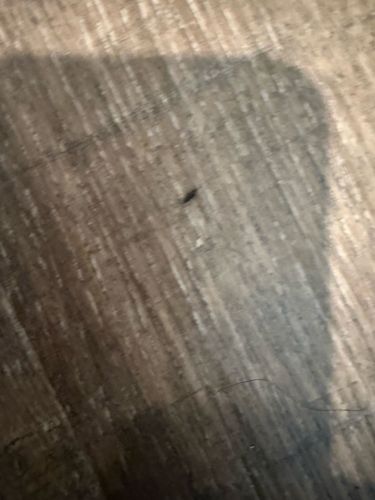Flea
Scientific Name: Ctenocephalides felis or other species
Order & Family: Siphonaptera, Pulicidae
Size: 1.5 to 3.3 mm ("0.06 to 0.13 inches")

Natural Habitat
Fleas are ectoparasites that live on the bodies of warm-blooded hosts, such as mammals and birds. They are often found in host bedding, carpets, cracks in floors, and other sheltered areas within homes or animal shelters.
Diet & Feeding
Adult fleas are hematophagous, meaning they feed exclusively on the blood of their hosts. Larvae feed on organic debris, including adult flea feces (which contains digested blood).
Behavior Patterns
Fleas are known for their remarkable jumping ability. They are wingless and rely on their powerful legs to jump onto hosts. They go through a complete metamorphosis (egg, larva, pupa, adult). Adults can live for several weeks to months, continuously feeding and laying eggs after blood meals. Their presence is often indicated by itching and small, red bites on hosts or humans.
Risks & Benefits
Risks: Fleas can cause itching, skin irritation, and allergic reactions (flea allergy dermatitis) in pets and humans. They can also transmit diseases, such as Bartonellosis (cat scratch disease), murine typhus, and tapeworms (Dipylidium caninum). Benefits: In some ecosystems, they contribute to the food chain, but generally, they are considered pests due to their parasitic nature and disease transmission potential.
Identified on: 11/20/2025